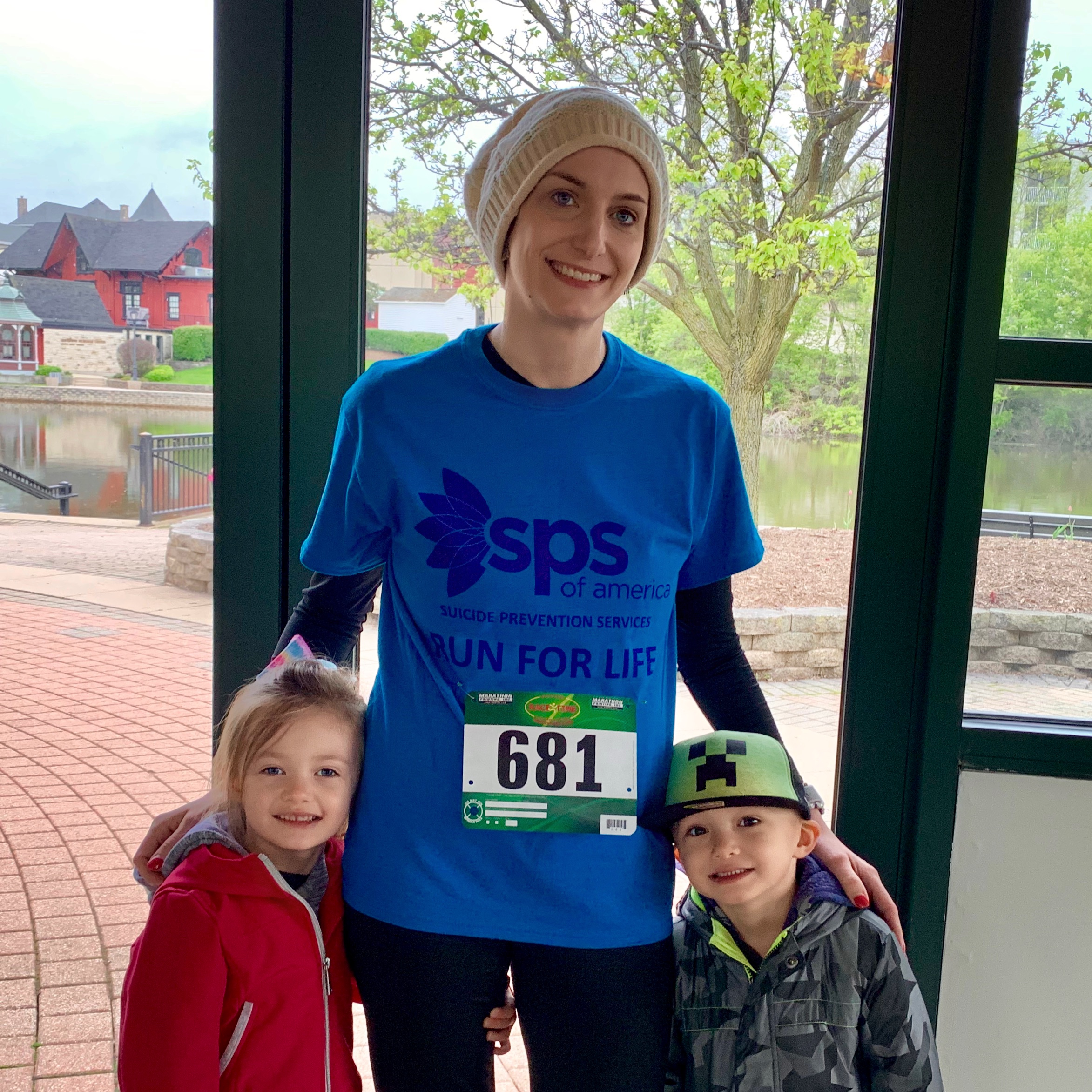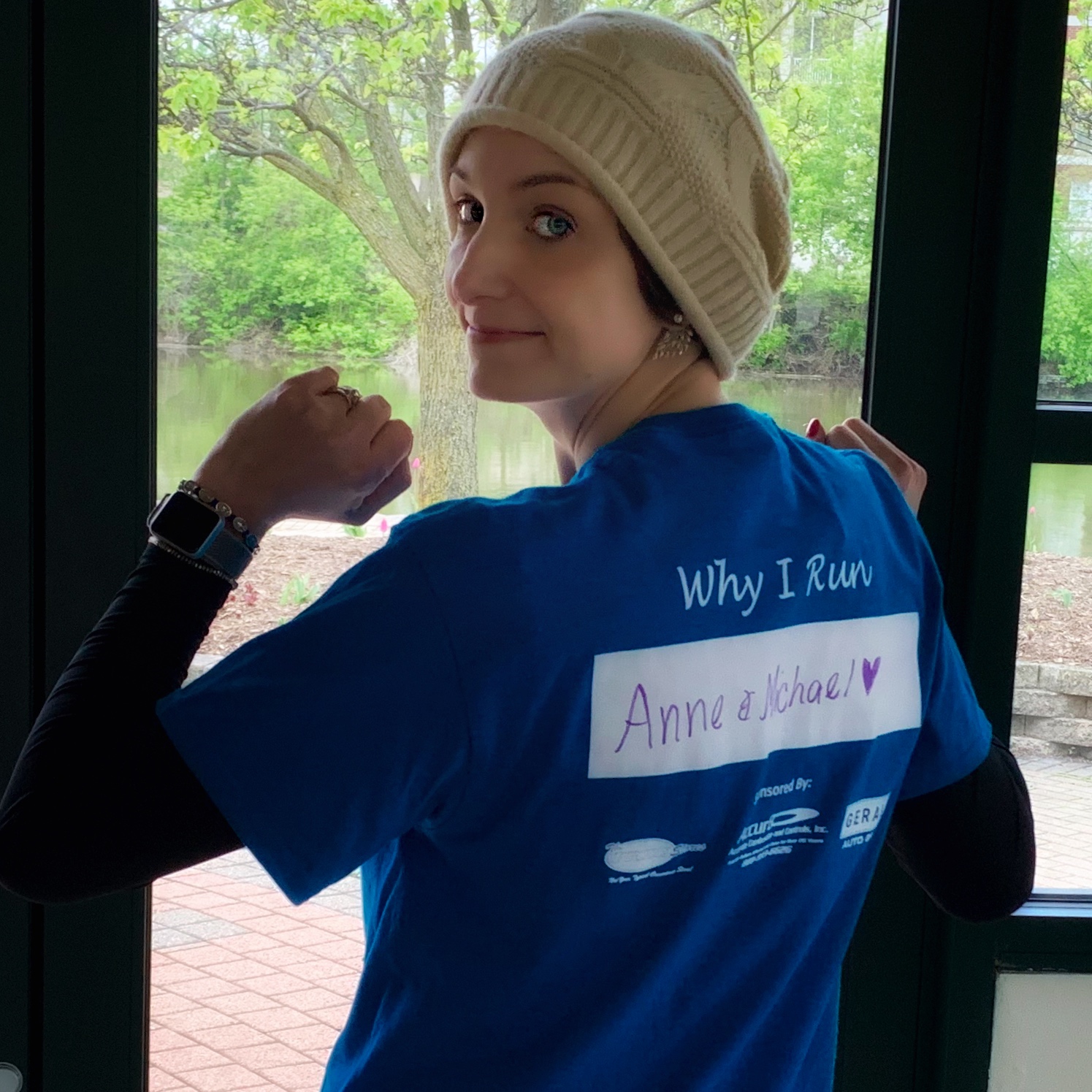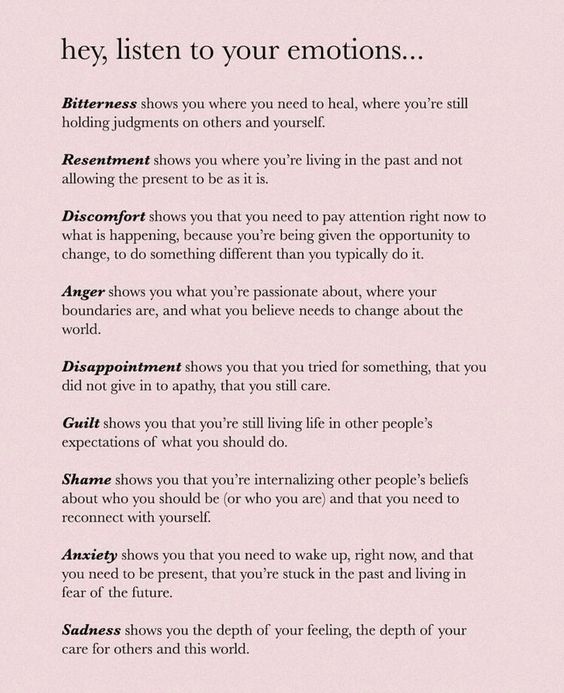Photo credit: Antonio Jeneski
Some days I'm more of a worrier than a warrior.
Some days, hard as I try, I can't shake the heavy feeling of dread running through my body.
Most days, I find myself walking a thin line between grief and gratitude.
Don't get me wrong. I'm so incredibly thankful to still be here.
I do my best to praise God every day for the breath that fills my lungs. But no matter how much gratitude fills my heart, there is still a giant piece of me grieving how life used to be.
I'm grateful to be a cancer survivor, and in a few months, I am hoping to celebrate three years in remission.
And the longer I'm in remission, the more distant my treatment becomes.
I remember right after I was diagnosed, a recent breast cancer survivor told me, "one day you will wake up, and cancer won't be the first thing on your mind."
That thought stuck with me through treatment and into remission. I continue to keep this in mind as a quiet gauge of my progress and recovery.
When you face a traumatic event like cancer, I've learned you often can't fully process or grasp what happened until long after the event has ended. I personally didn't start fully processing my cancer journey until my first year in remission.
After nearly a year of immunotherapy and cancer treatment, once my body was out of survival mode, it was time to heal. But how and where to begin?
I soon discovered the trauma of fighting cancer lasts long after treatment ends.
Still, three years after finishing treatment, the smell of rubbing alcohol is sometimes all it takes to put my body back in fight or flight mode. Any unusual aches or symptoms, and my mind immediately starts to panic.
Is the cancer back? Is this a possible side effect from treatment?
Emotionally, I have been struggling with increased anxiety, anger and PTSD. Weekly therapy sessions have been helping me learn new strategies and techniques for coping with such intense emotions.
Online cancer support groups have been a tremendous resource, helping me connect with other fighters and survivors who genuinely understand my ongoing fears and concerns.
Thankfully, since having my port removed in August, my treatment has started to feel more and more like a distant memory.
Some days, cancer is the furthest thing from my mind.
Other days, when I'm jolted awake by a painful leg spasm, I'm reminded just how much my body has endured and that my journey is far from over.
Since my treatment ended, I've been struggling with a variety of cardiovascular and neurological issues. Cancer drugs cause various long-term health effects, from brain and vision changes, heart and lung damage, to increased risk of secondary cancers and fertility issues.
I've been struggling with neuromuscular and mobility issues the most. Getting diagnosed with dysautonomia and POTs helped explain some of my more concerning cardiac symptoms after treatment, but painful neuropathy in my arms and hands and chronic leg spasms have been debilitating at times.
Physical therapy, medications, and supplements have helped provide a little relief, but I've come to accept some of these issues may be permanent, lasting effects of my treatment.
At the end of 2020, my neurologist was concerned that my newly diagnosed dystonia and persistent neuromuscular and mobility issues could be a sign of early-onset Parkinson's disease. In December, I had a DAT scan of my brain that thankfully did not show evidence of Parkinson's.
My first Botox treatment helped ease my chronic headaches and loss of mobility in my neck. However, the persistent issues I've been having with my legs require additional testing. Lower limb spasms are a common sign of Parkinson's but also common after cancer treatment.
I have an EMG, a nerve conduction test this week to determine what exactly may be causing my frequent leg spasms. My next big scan to ensure I'm still in remission is coming up at the end of March.
As I continue to move forward further into remission and recovery, I am learning:
God draws straight with crooked lines.
Although I may not be where I wanted or hoped to be by now, I'm not where I used to be, either.
Courage often sprouts in the depths of sorrow, and from painful beginnings come stronger roots.
Without the darkness, we wouldn't see the light,
Without sadness, we wouldn't know happiness.
Without pain, we wouldn't find relief.
Worrier and warrior—I can be both and still be hopeful.
If you are looking for some additional support during these trying times, I highly recommend checking out these communities and groups:
Cancer Blogs & Support Communities
Cancer Patient/ Survivor Facebook Support Community
Taking Back Your Life After Cancer
General Support & Encouragement Facebook Group
Encouragement During Uncertain Times
Check out the podcast I recently recorded with the Hope Warrior Project to learn more about my journey and how online support communities have helped me cope with cancer and more.
Related Blogs:
Overcoming The Trauma of Having Cancer
Still Cancer Free*: Coping with Side Effects of Cancer Treatment
Getting Diagnosed with Dystonia
Unpacking Grief: The Ball & The Box Analogy
Check out my resources for more blogs about my cancer journey.






















